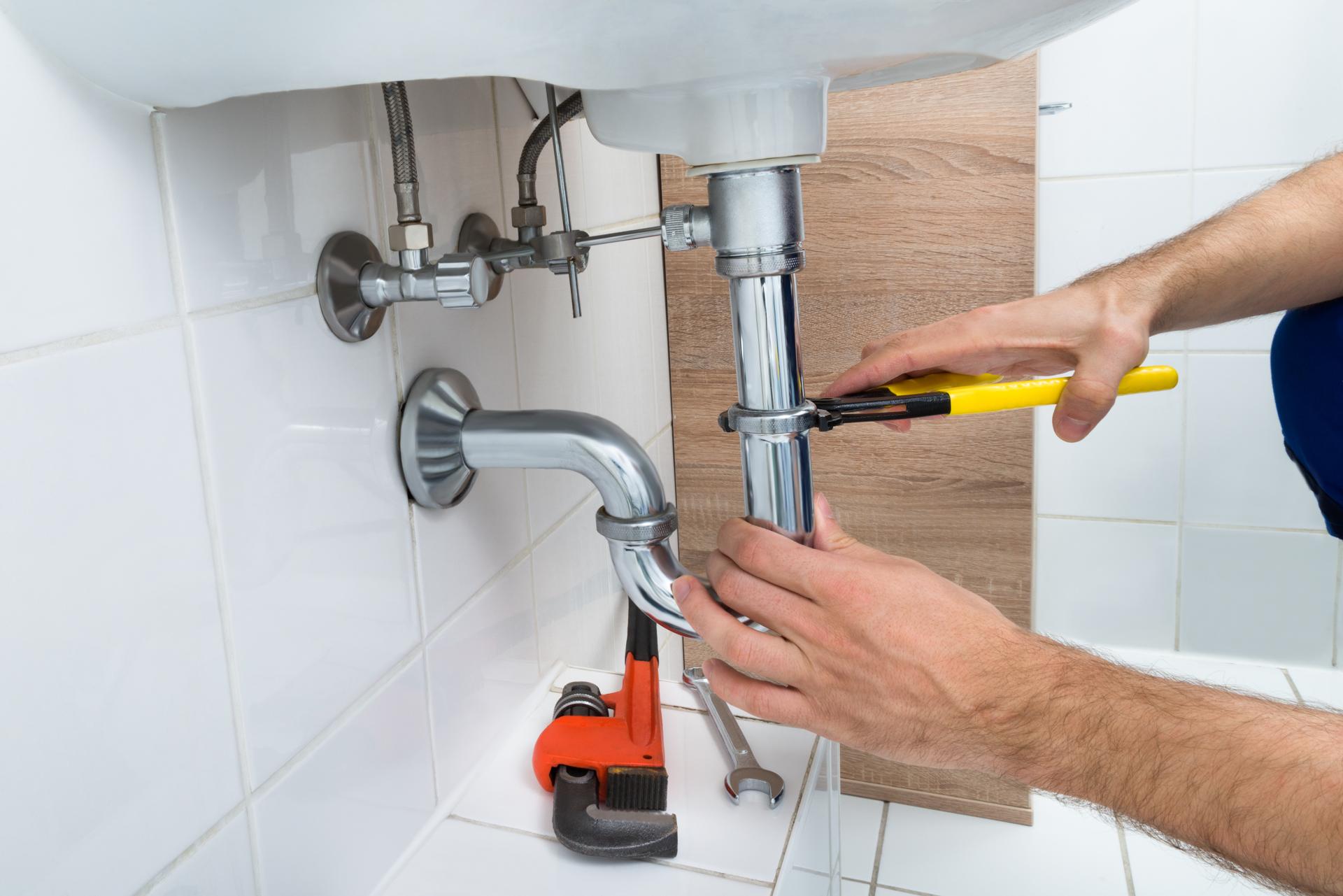The Complete Guide to Replacing Your Plumbing: When and What to Expect and What You Should Anticipate

Plumbing is an essential part of every home and provides us with safe water for drinking, cooking and cleaning, as well as a way to dispose of waste. However, like any other system in your home, plumbing will eventually become worn out and need replacement.
Understanding when it’s time to upgrade your plumbing crucial to prevent costly repairs and avoid potential health risks. This article will talk about the signs that suggest that your plumbing is in need of being replaced, what you should consider before replacing your plumbing, the procedure for replacing your plumbing and the advantages that come with replacing your plumbing, and an FAQ section to address any concerns you may have.
Signs that it’s Time to Replace Your Plumbing
There are several common signs that indicate your plumbing needs to be repaired, such as leaks: If you notice water spots or puddles in your home, it’s likely to be a sign of a plumbing leak. Leaks can cause severe structural damage to your home and lead to mold growth and it’s important to address them promptly. Rust: Rusty pipes are an obvious sign that your plumbing needs to be replaced. Rust could contaminate the water you drink and make it unsafe for drinking or cooking. In the event of low water pressure, if your showerheads or faucets are producing weak water flow It’s an indication of low pressure in the water that can be caused by corroded pipes or blockages. Water discoloration: Water that is discolored, such as yellow or brown, could be the result of sediment or rust buildup within your pipes. This could affect the flavor and quality of your water. It could also indicate the need for plumbing repair.
Factors to Take into Account Before Replacing Plumbing
Before you replace your plumbing there are many aspects to take into consideration, such as the age of your plumbing system: Plumbing systems can last for around 50 years, so if your home is older than that, it’s likely to be time to replace it. Cost of replacement replacing your plumbing could be expensive, so it’s important to budget for this expense. The severity of the plumbing issue If the plumbing problems are severe and affecting multiple areas of your home then replacement could be the best option.
What to Expect During the Plumbing Replacement Process
The process of replacing plumbing involves various steps, which include shutting off the water supply Your plumber will need to shut off the water supply to your home to prevent any leaks or water damage. Removing old pipes: Old pipes will need to be removed. This could require cutting through walls or floors. Installation of new pipes New pipes will be installed, which might require rerouting to ensure proper water flow. The length of time for the plumbing replacement process will depend on the dimensions of your property and the complexity of the project. Homeowners can expect some disruption during the process, including water shut-offs and potential destruction to floors and walls.
Benefits of replacing plumbing
The replacement of your plumbing has many advantages, such as: Increased water efficiency new plumbing fittings and pipes have higher efficiency, which means reducing the use of water and the cost of your utilities. Improved water quality: Replacing older, corroded pipes new ones will enhance the water quality, making it safer for drinking and cooking. A lower risk of future plumbing issues The new plumbing will be less likely to create obstructions or leaks, which reduces the requirement for costly repairs in the near future.
Conclusion
Removing your plumbing is an expensive expense, but it’s necessary to ensure your home’s safety and peace of mind. When you are aware of the signs that suggest your plumbing needs to be replaced, taking into consideration the factors before replacement, and knowing what you can expect from the replacement process, you’ll be able to make an informed decision about the plumbing of your home. Remember, replacing your plumbing offers several benefits, including increased efficiency of water, better water quality, and a reduced the chance of having plumbing problems in the future.
FAQ Section
How much does it cost to replace plumbing?
The cost to replace your plumbing will be contingent on a variety of factors, including how big your house, the complexity of the project, and the type of materials employed. On average, homeowners can expect to shell out between $5,000 and $10,000 for a total house plumbing replacement.
How long does it take to change the plumbing?
The timeline for plumbing replacement will vary based in the area of the home and the difficulty of the task. A typical whole-house plumbing replacement can take between two to four weeks.
Should I replace my plumbing if there’s an issue with my plumbing?
If you’re experiencing a single pipe leak system, it may not be a need for a complete replacement. However, if you’re experiencing multiple leaks or observe other indications of plumbing issues, a replacement may be the best option.
Do I have the ability to replace my plumbing myself?
The replacement of your plumbing is a complex task that should be delegated to the expertise of a qualified plumber. If you attempt to replace your plumbing yourself can result in costly errors and could pose security risks.
What kind of pipes will I need to replace my plumbing?
There are a variety of pipes that are suitable for plumbing replacement, including copper, PVC and PEX. Your plumber can suggest the most appropriate type of pipes based on your particular requirements and budget. In conclusion, replacing your plumbing is a significant decision to make with careful consideration. By understanding the signs that tell you that your plumbing is in need of to be replaced, weighing the factors before replacing and understanding what you can expect during the plumbing replacement process, you’ll be able to make an informed decision regarding the plumbing of your home. A qualified plumber can help to guide you throughout the entire process and ensure an efficient and successful plumbing replacement.
